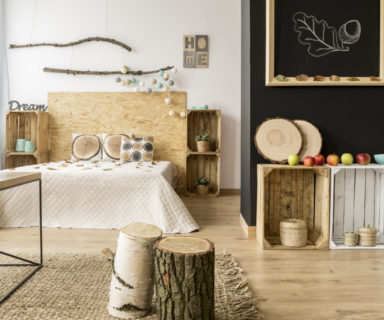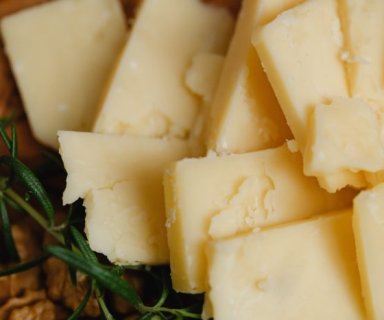Advertisements
According to Johns Hopkins University, Americans spend over $161 billion annually on food that ends up wasted. Much of that food rots in a refrigerator. If you keep your fridge organized, clean, and safe, you can waste far less food and money.
Did you know that placing food in the wrong spot can make it spoil faster? Or that you should keep leftovers on the top shelf and raw meat on the bottom? Read on for the best hacks to keep your fridge organized and your food safe.
Don’t Put Perishable Foods In Doors
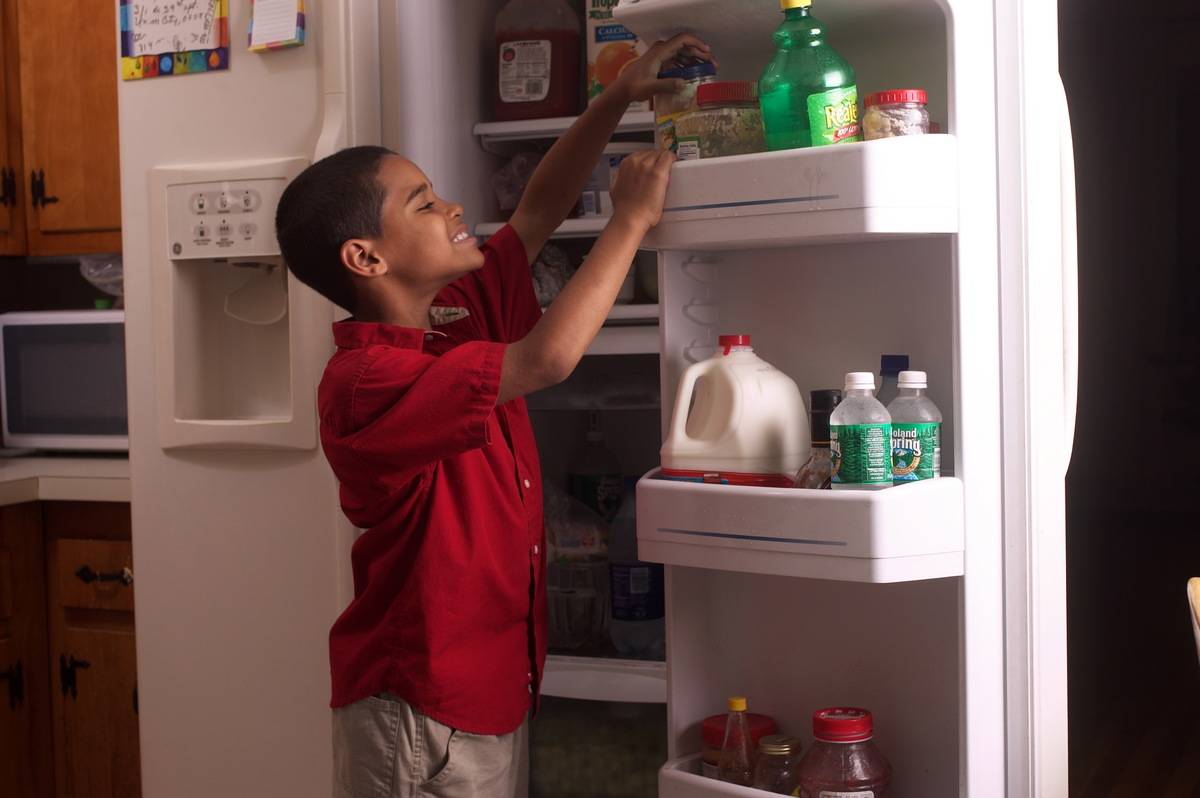
Many refrigerator doors have compartments to hold eggs and butter. Do not store these items here. Because the doors constantly open and close, they are the warmest part of the refrigerator. The USDA advises people not to keep perishable foods on the door since they will spoil more quickly.
Instead, keep long-lasting items in the door. Ketchup, mustard, and hot sauce do not grow bacteria as rapidly as other foods. Also, to make these foods last as long as possible, do not keep the door open for long periods.
One Bottle At A Time
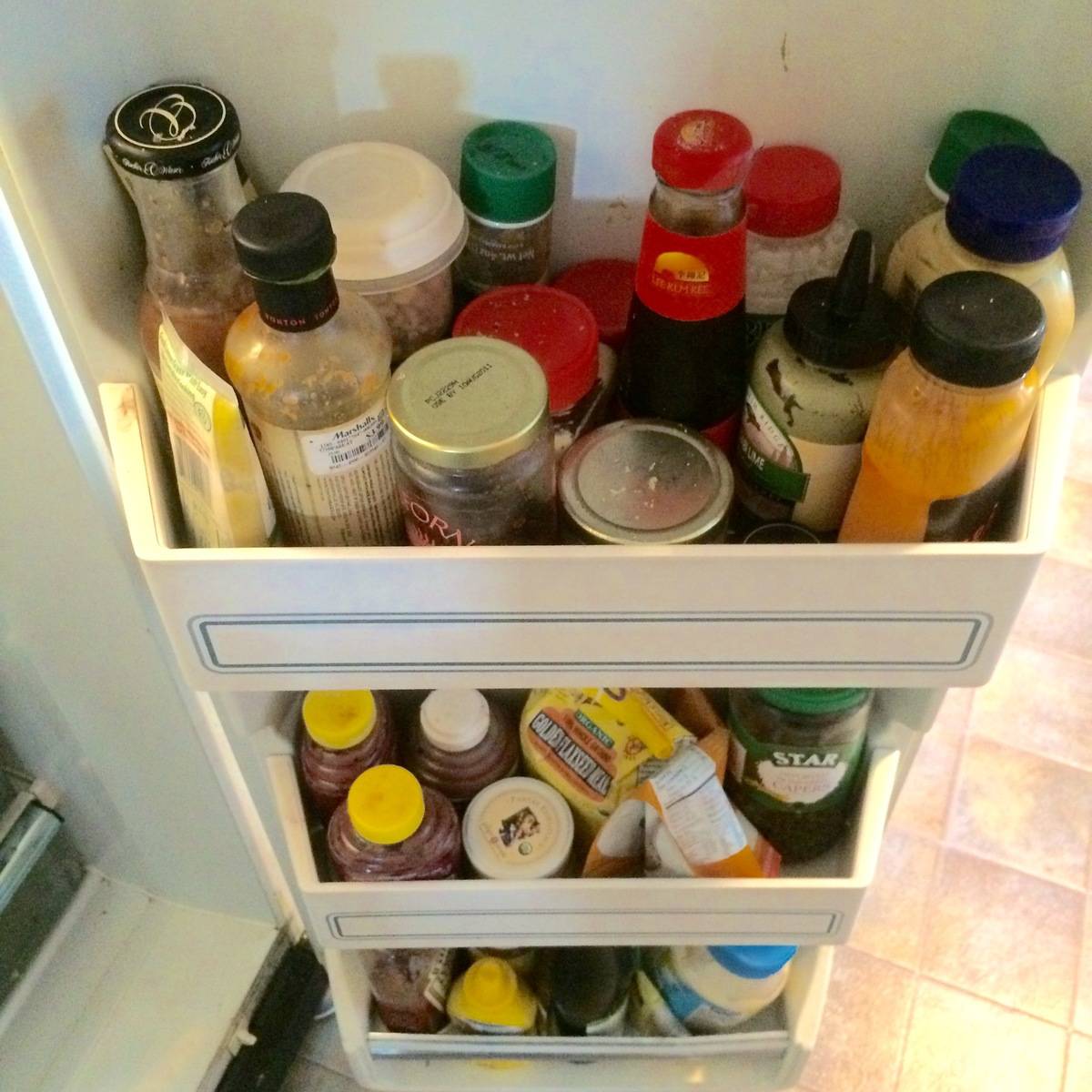
Condiments are the worst clutter culprits. Some people forget that they have certain condiments, buy another bottle, and then quickly crowd their refrigerator door. To prevent this, stick to a “one bottle” rule. Do not buy another condiment bottle until one has run out or gone bad.
Certain condiments have different shelf lives. According to foodsafety.gov, yellow mustard can last for a year after opening, while brown mustard only keeps for two months after opening. Keep track by writing the spoil date on duct tape and sticking it to the container.
Use Spill-Proof Boxes
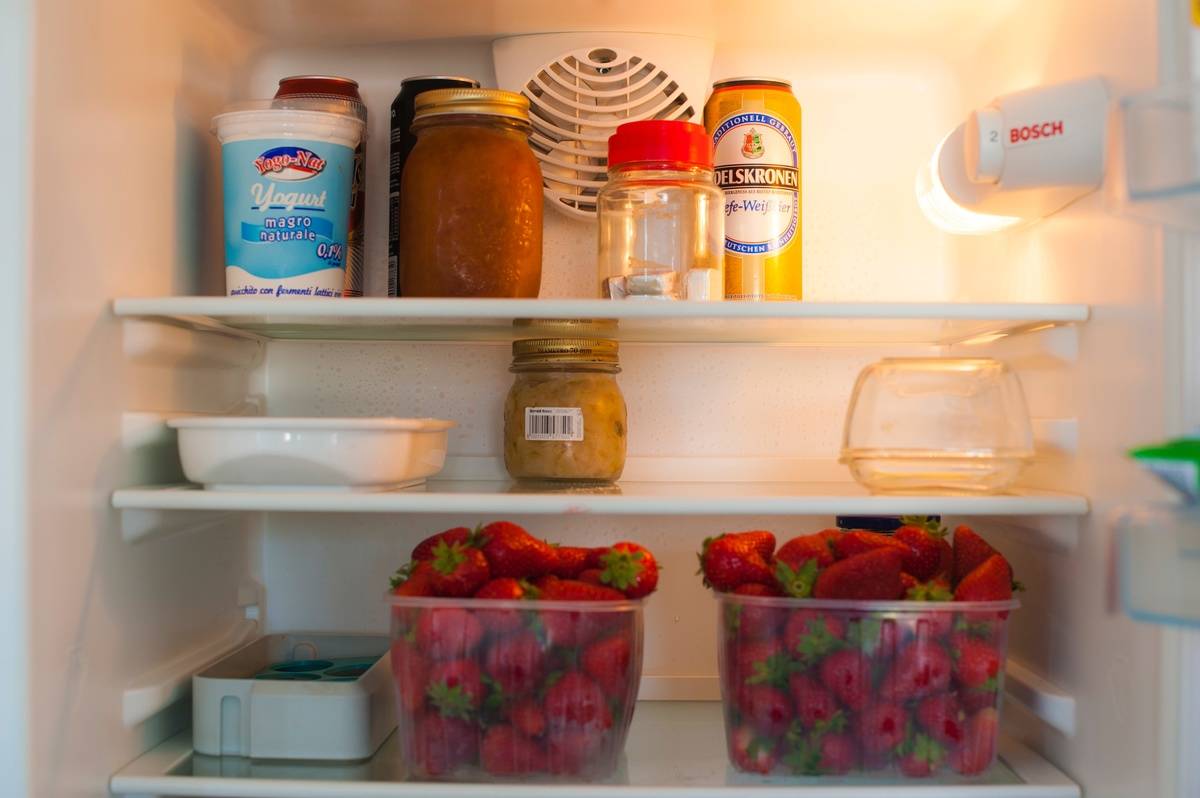
The easiest way to have a clean refrigerator is to prevent spills. If you have soda bottles, loose fruits, or tubs of soup, keep them in a basket. Use a cardboard or plastic box to organize all of your spillable containers.
Line the boxes with a cloth or paper towel to immediately soak up spills. If a package can’t fit in the refrigerator door, use an old egg carton. The carton can effectively organize condiment bottles and prevent them from tipping over when you open the door. If spills occur, clean or replace the box.
How To Organize Your Crisper
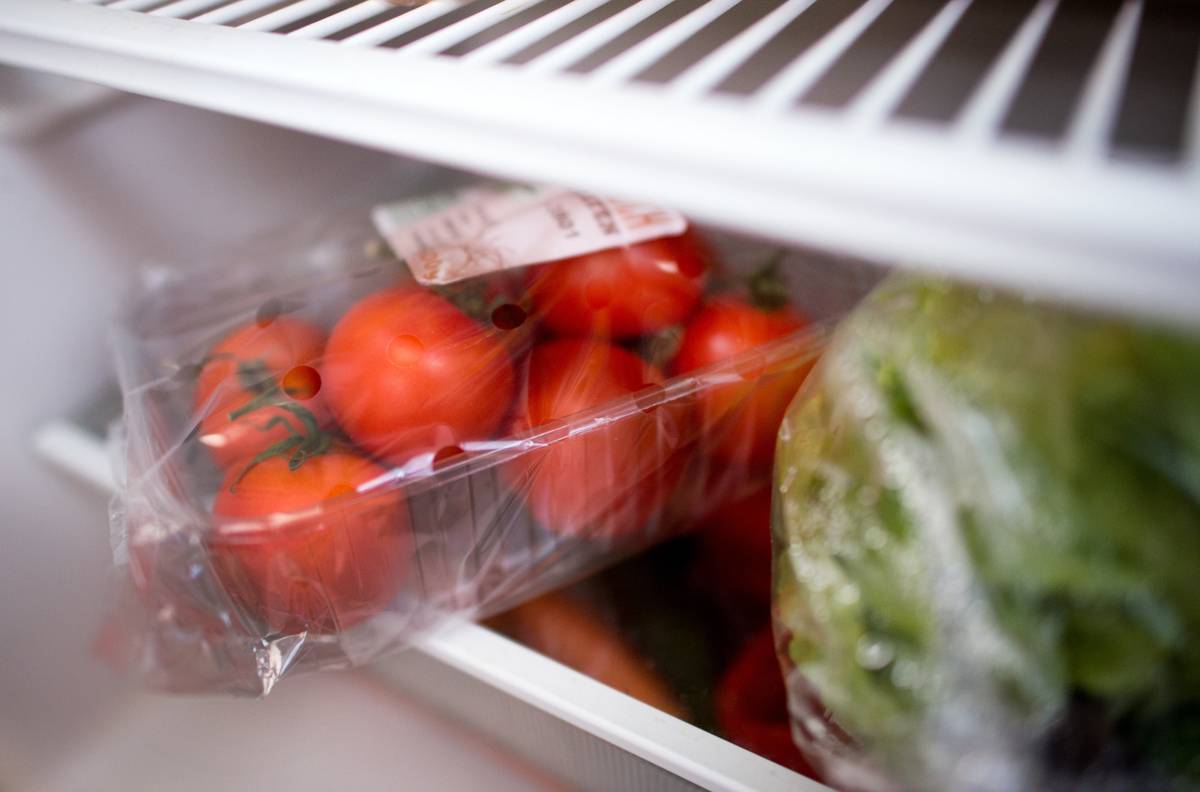
Registered dietitian Alena Kharlamenko says that crispers work best when they are almost full. At most, keep your crisper around two-thirds full. But don’t crowd your crisper, either. Organize your crisper to keep fruits and vegetables separate.
First, line your crisper with a paper towel to soak up leaks. Then, divide your fruits and vegetables into plastic bags, mesh bags, bins, and boxes. Try not to pile them on top of each other. Keeping them in separate containers will prevent spoiling and make your refrigerator look nice.
Separate Fruits And Vegetables
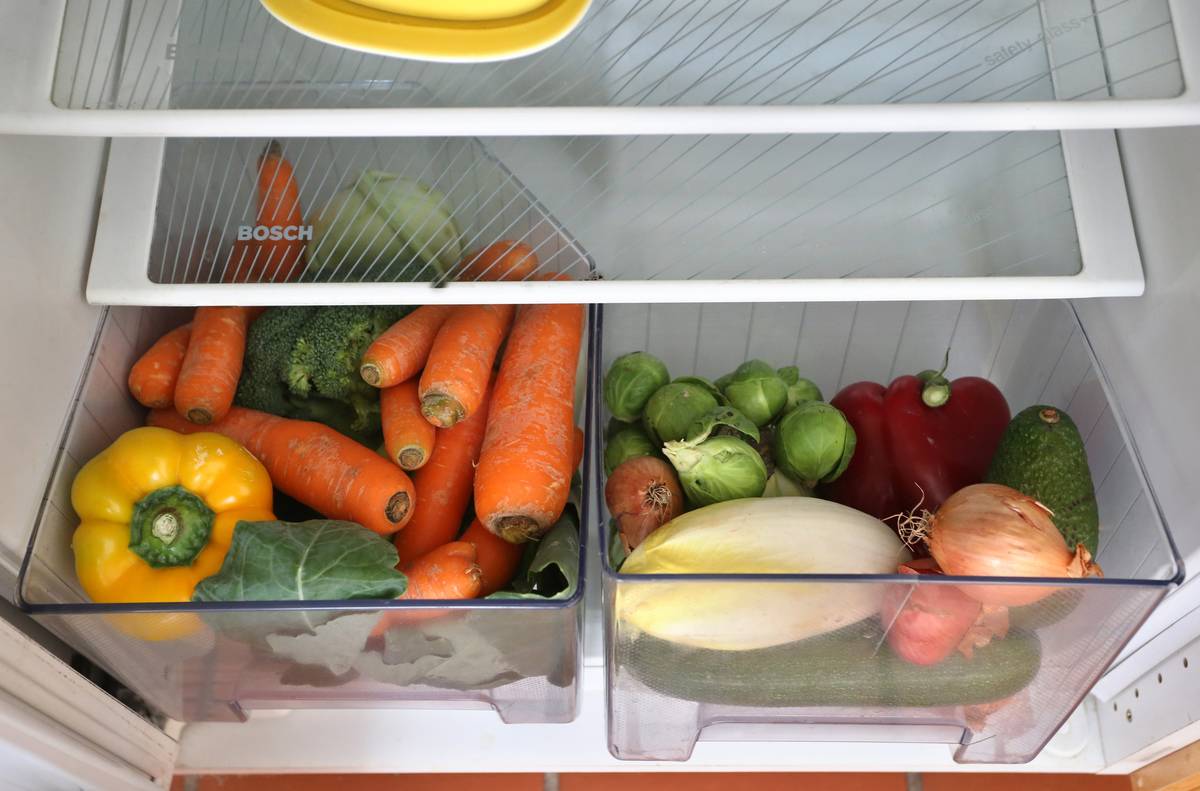
Place fruits and vegetables in separate crispers. The USDA lists two reasons for this. One is that vegetables tend to spoil more quickly when exposed to fruits and vice-versa. Second, fruits and vegetables survive longer in different atmospheres. Vegetables need more humidity, and fruits require less.
Some crispers have controls that allow people to set the humidity level in each drawer. If you don’t have this, wrap vegetables in plastic bags to increase humidity. Store fruits in containers that allow some air, such as mesh bags or plastic bins with holes.
Keep Leftovers And Milk On The Top Shelves
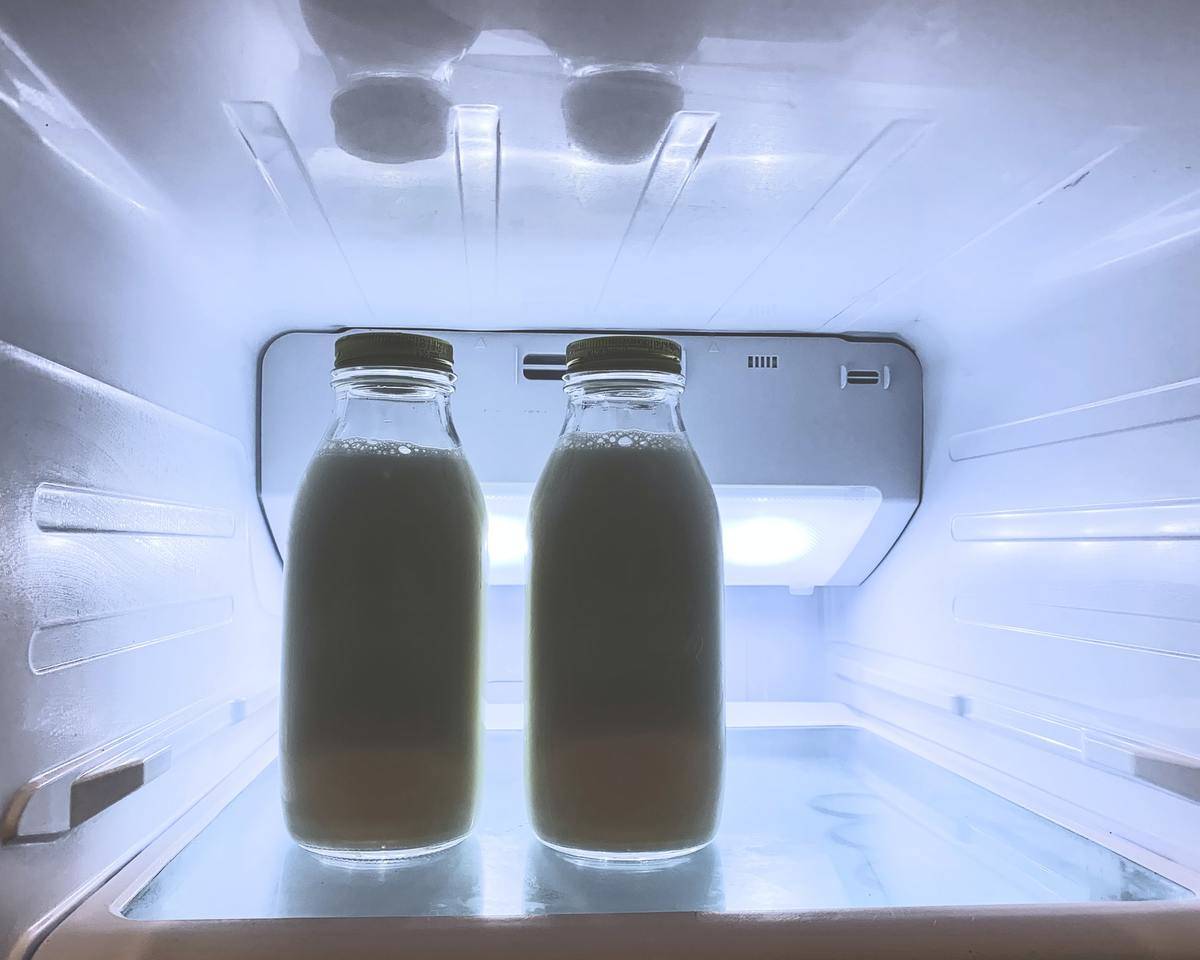
The top shelves usually have a consistent, non-fluctuating temperature. State Food Safety recommends putting “ready to eat” foods on the top shelf. These don’t need to be stored as long, and hence, they don’t need the lower shelves’ cooler temperatures.
Stack leftovers, milk, juices, and other foods you frequently take out and put back in. Do not keep eggs on the top shelf; it needs to stay cool on the lower shelves. The same goes for raw meat. Most vegetables and fruits should be in the crispers.
Remove All Food Before Cleaning
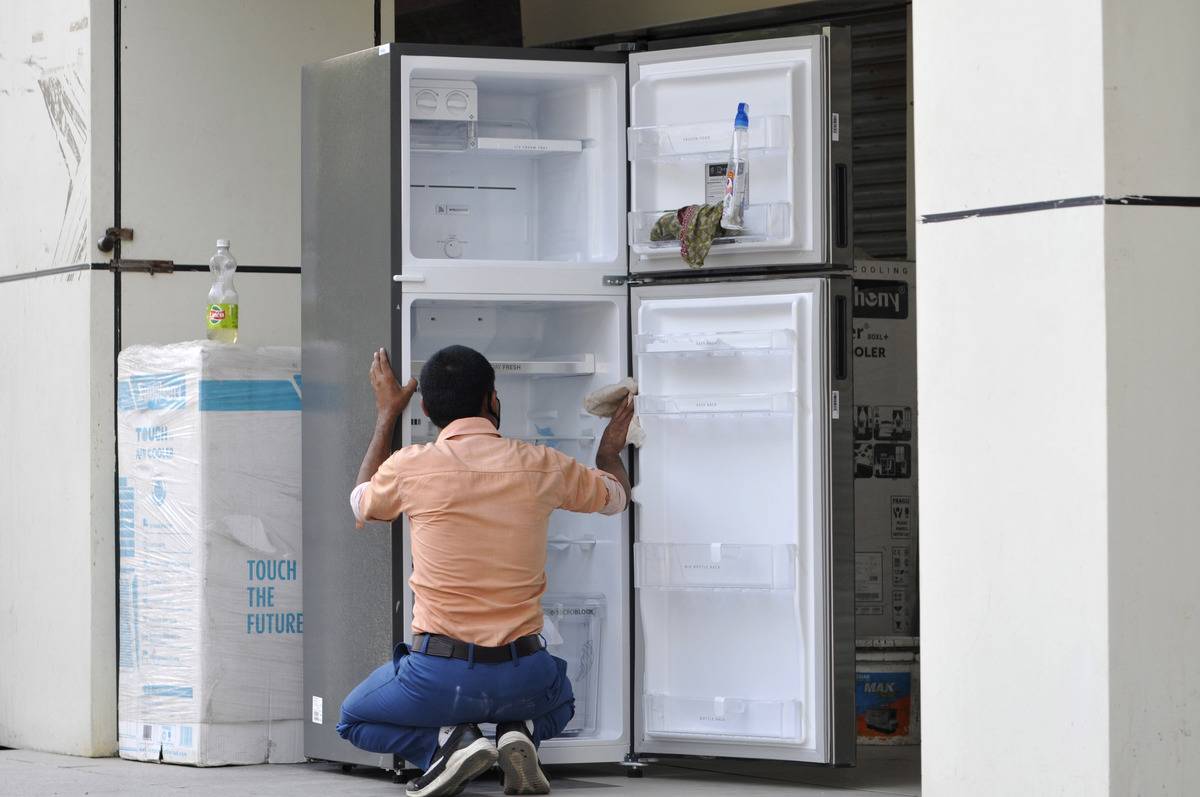
Every three to four months, deep clean your refrigerator. While deep cleaning, do not leave food inside the fridge. You could easily splash soap on food or containers that you leave inside. Plus, it’s easier to deep clean when the fridge is empty.
The CDC recommends washing removable components first. Remove all shelves and drawers, and soak them in hot, soapy water. While these are soaking, scrub the walls and door with soapy water. Rinse all of the parts and dry them entirely before putting the fridge back together.
Prevent Raw Meat Contamination
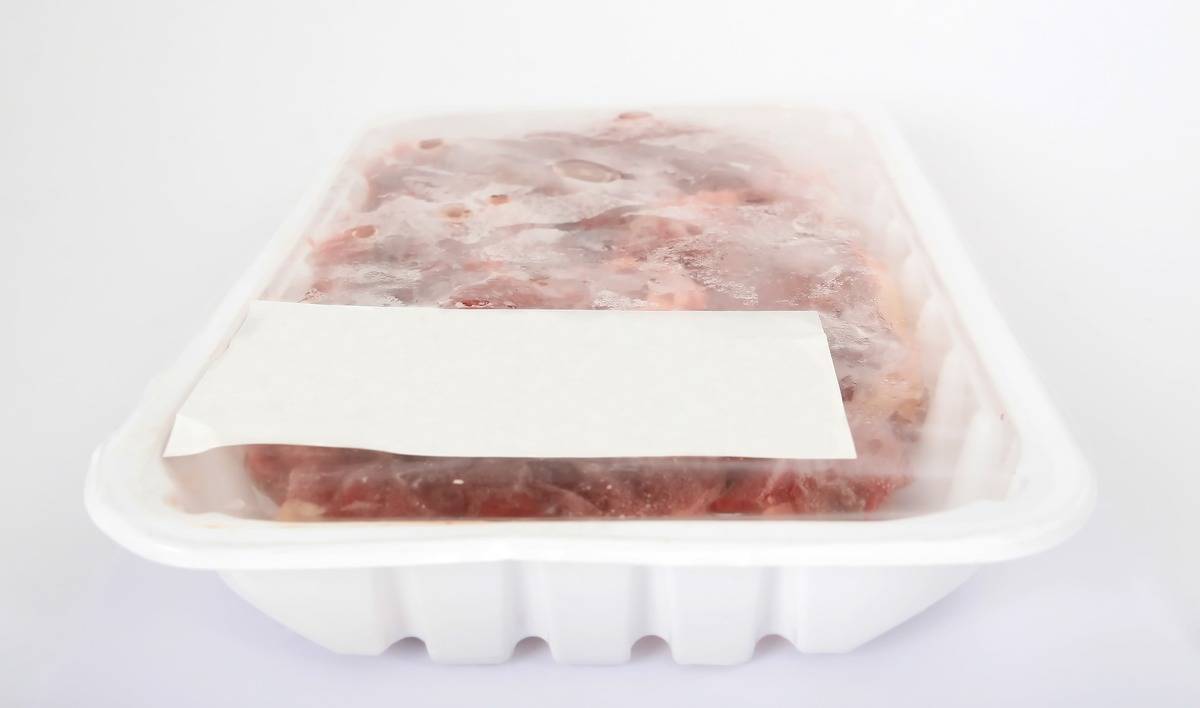
Raw meat packages can easily leak and contaminate other foods. To prevent this, follow the USDA’s advice: wrap raw meat containers in plastic bags or paper bags. Do not keep raw meats on the top shelf. They could drip onto other foods, such as fruits and vegetables.
Meat safety experts at the University of Illinois recommend storing all raw meat, seafood, and poultry on the bottom shelf. When thawing raw meat, store it in a container to catch any stray juices. Remember that uncooked meats remain safe for three to five days.
Eliminate Odors With Baking Soda, Not Sprays
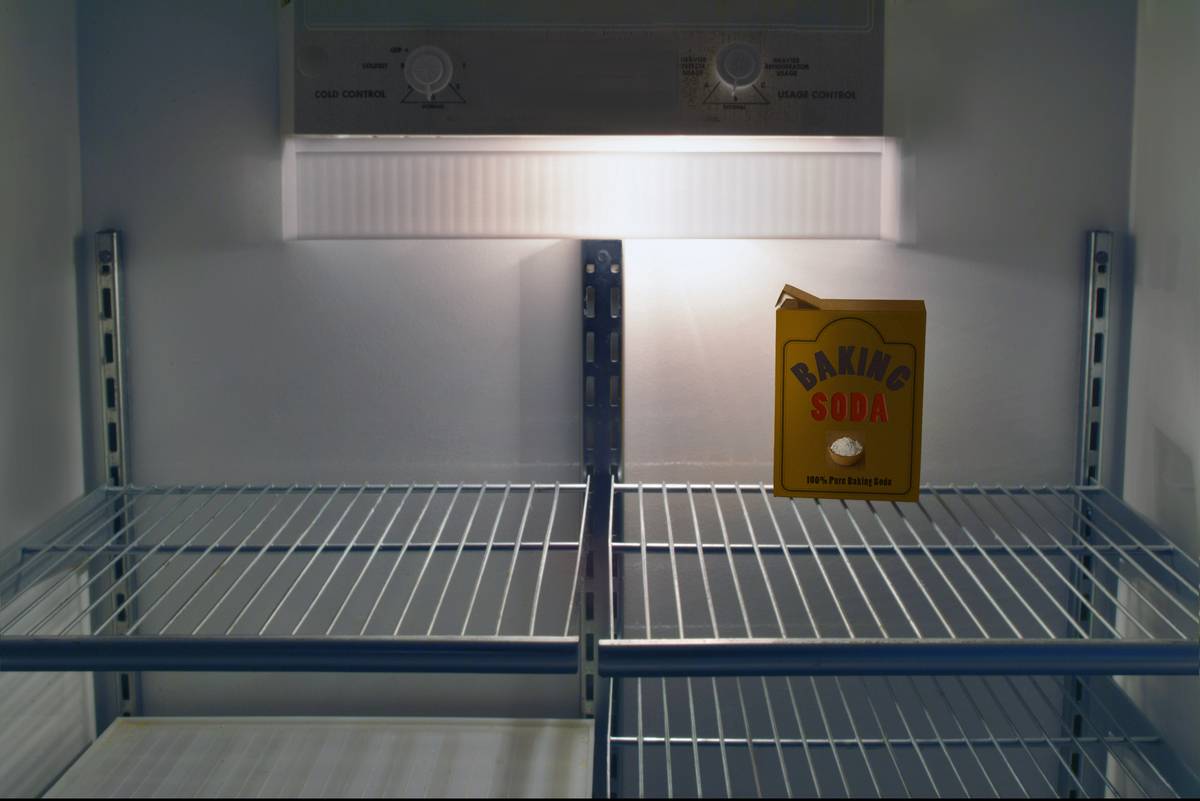
Are there any strong smells coming from your fridge? If so, do not use pleasant-smelling cleaning sprays. According to the USDA, these chemicals can leech into your food, even if you wipe them up after spraying the shelves. Only clean your refrigerator with warm water and dish soap.
Instead, place an open box of baking soda on a shelf. The McGill Office for Science and Society explains that baking soda neutralizes bacteria that cause odor. Do not open a small corner; keep the box open and leave it in your fridge for one day.
Create A Leftover Calendar
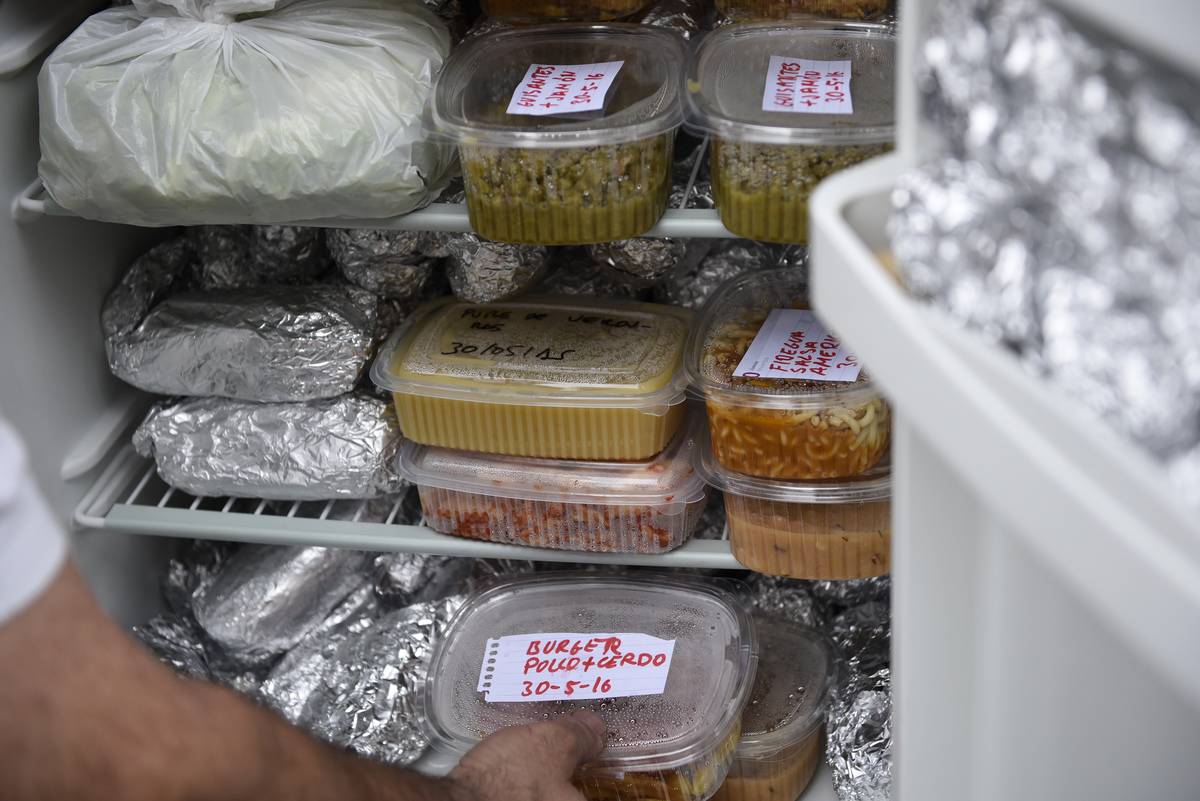
While leftovers can make easy meals, they also quickly crowd your refrigerator. As a general rule, you should throw away leftovers after four days, says the USDA. But how do you keep track of several leftovers throughout the week?
Create a leftover calendar to post on your fridge. Using a whiteboard or sheet of paper, record the date in which you store the leftover. Organization expert Melissa Coghlan recommends stacking leftovers on the top shelf in clear containers. If you can’t make a list, write the date onto the leftover’s container.
Do Not Put Plates, Bowls, Or Cups In The Fridge
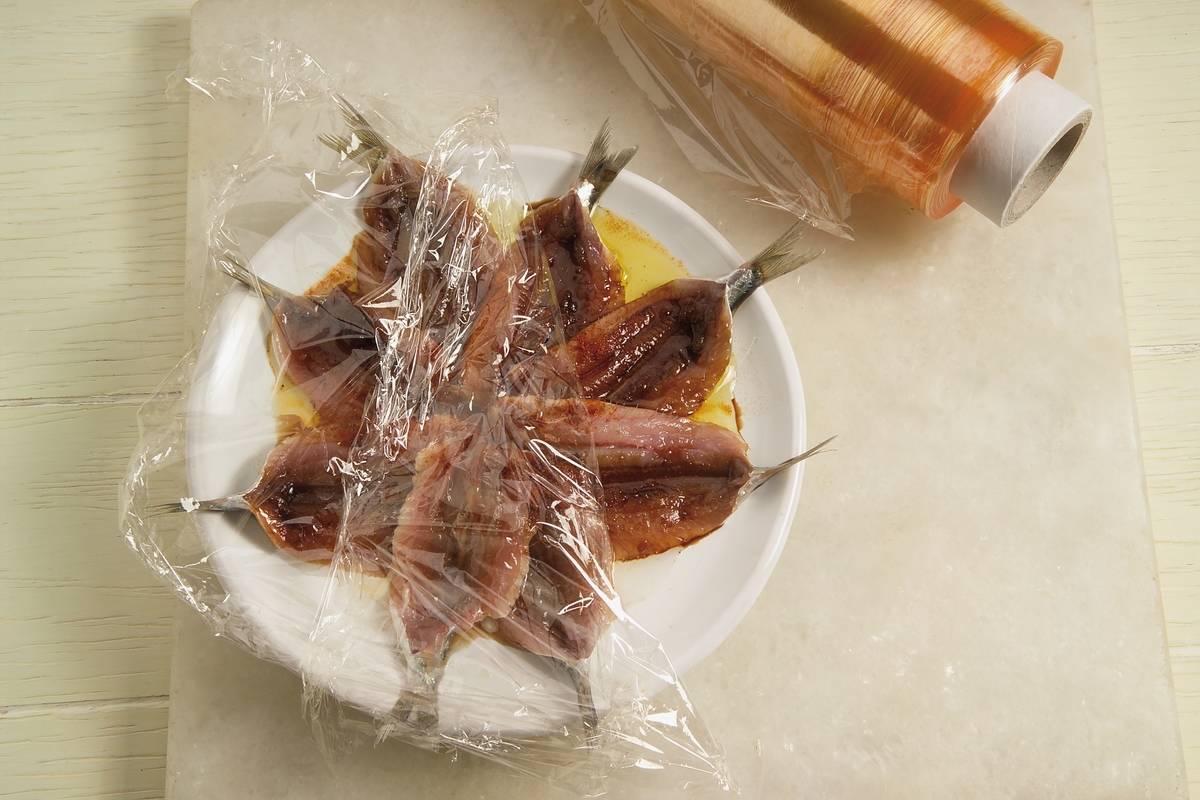
Some people cover a plate of leftovers with plastic wrap and stick it in the fridge. Food will spoil more quickly this way. When leftovers are not properly sealed, bacteria grow more rapidly. This contaminates the fridge shelves, food, and plates.
To keep your refrigerator uncluttered and clean, follow a “no plates” rule. Do not put plates, bowls, mugs, or other dishes in the fridge. Transfer all leftovers to sealed bags or containers. If the food is hot, store it in a shallow container to cool down rapidly, says the USDA.
Don’t Store Things That Don’t Need Refrigerating
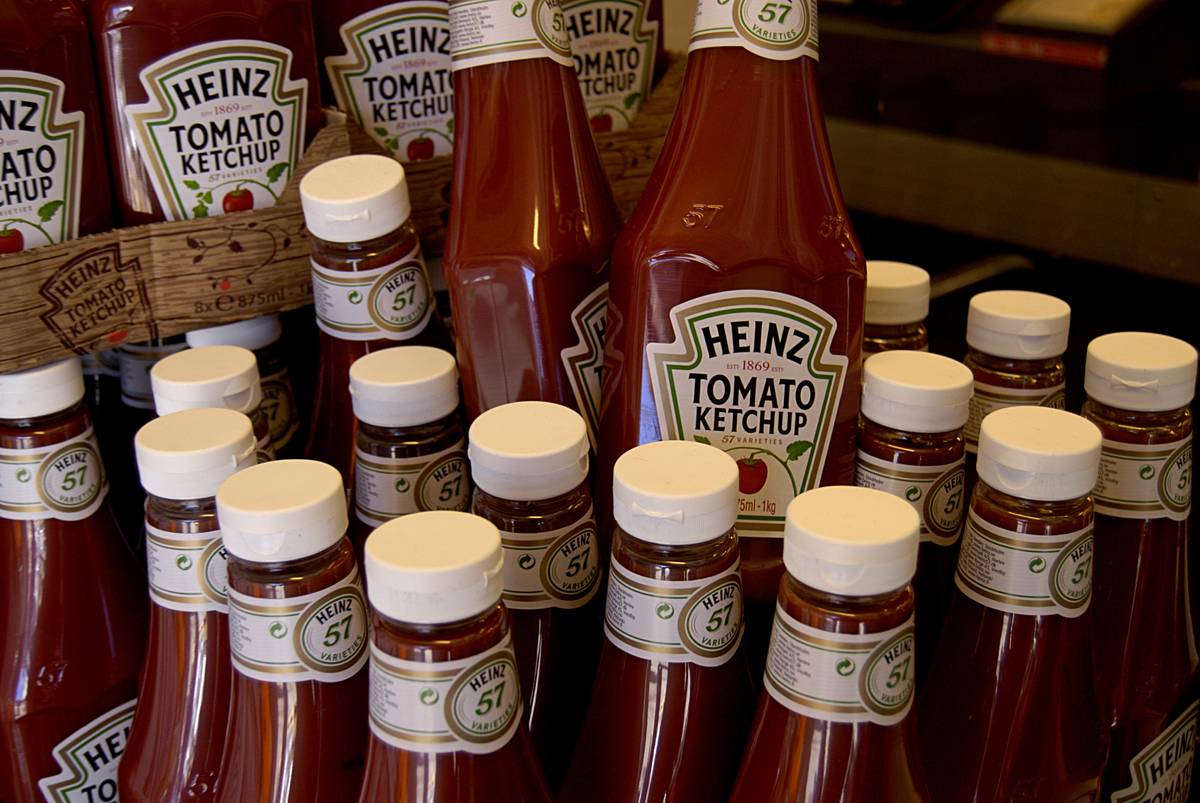
It seems obvious: don’t store foods in the refrigerator that don’t need to be there. But many people don’t know that certain foods can last without refrigeration. Hot sauce, ketchup, honey, apples, peaches, garlic, onions, and other foods can survive outside of the fridge.
Before tossing potatoes in the crisper, double-check if it actually needs to be refrigerated. You don’t want to over-crowd your fridge with food. Some produce, such as avocados and garlic, can make other foods spoil more quickly while in the fridge.
Label The Shelves And Drawers
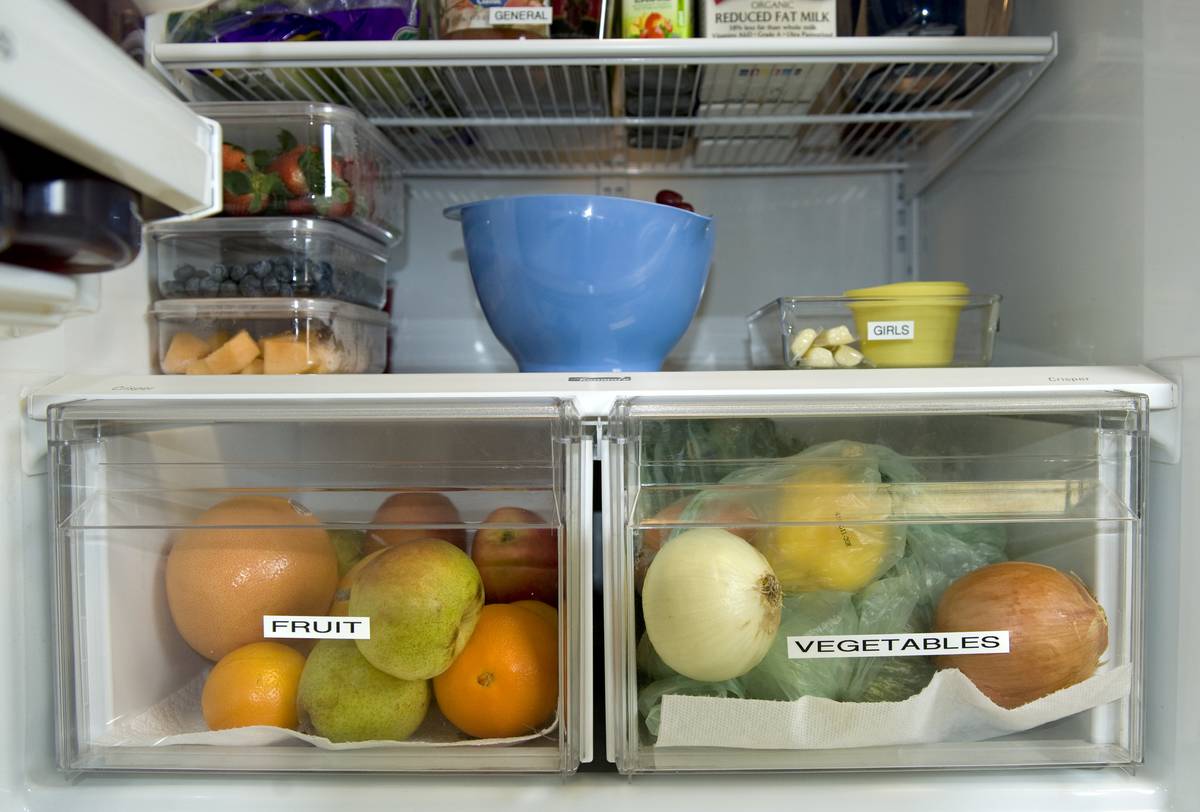
Make organization easier by labeling the shelves and drawers of your fridge. Don’t draw directly on the fridge; the ink could leak into your food. Write on duct tape and paste it on the shelves. This will help you remember how to organize your fridge.
Write the foods that you store in certain areas. For example, label the door shelves as “condiments,” one crisper as “fruits,” and another crisper as “vegetables.” If you have leftover containers, label those too. When you glance inside of your fridge, you’ll immediately know what you have and where it is.
Every Week, Sort Through Your Fridge
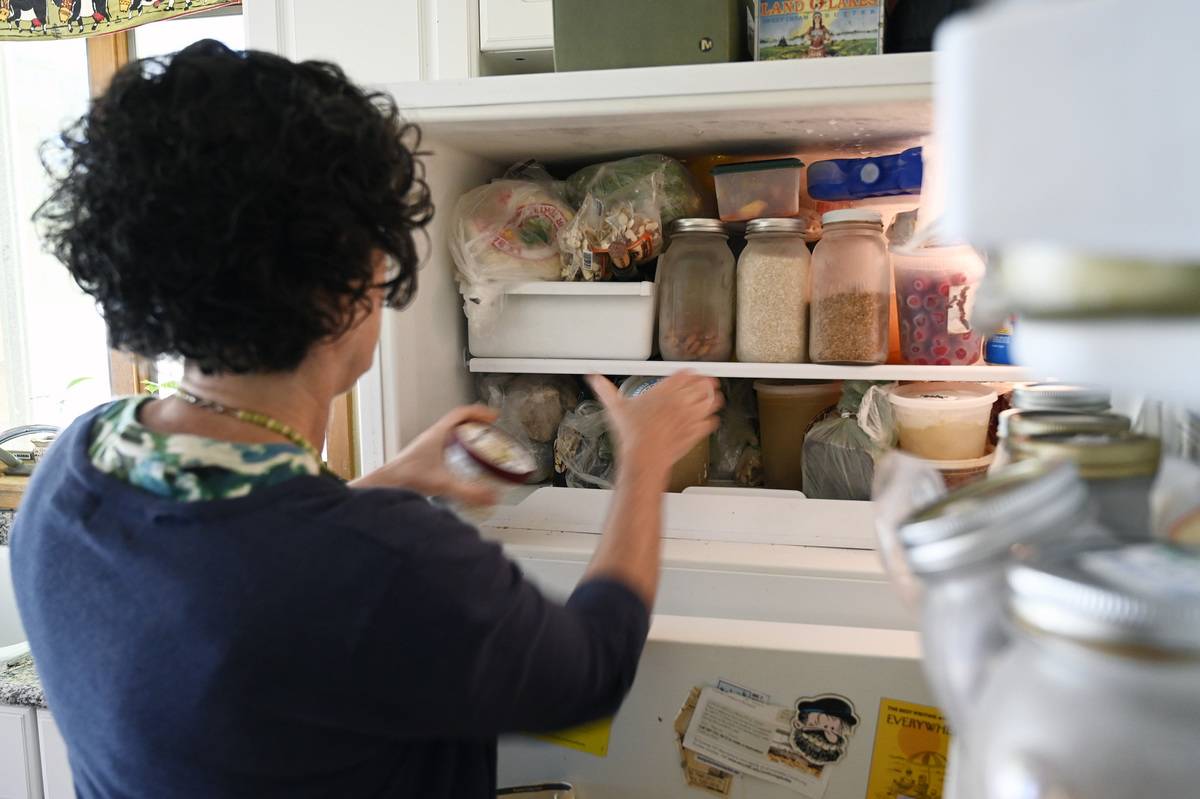
If you’re tired of an overcrowded fridge, clean it out on the same day every week. Throw away old leftovers, replace shelf linings, and remove moldy produce. Double-check the “best by” dates on containers to see if anything has gone bad. Vacuum any crumbs that have fallen out of packages.
Clean your fridge before you go grocery shopping. It will let you know which foods you need to buy and which ones are still fresh. Although it might seem tedious now, it will save you time while deep cleaning later.
Clean Spills Immediately
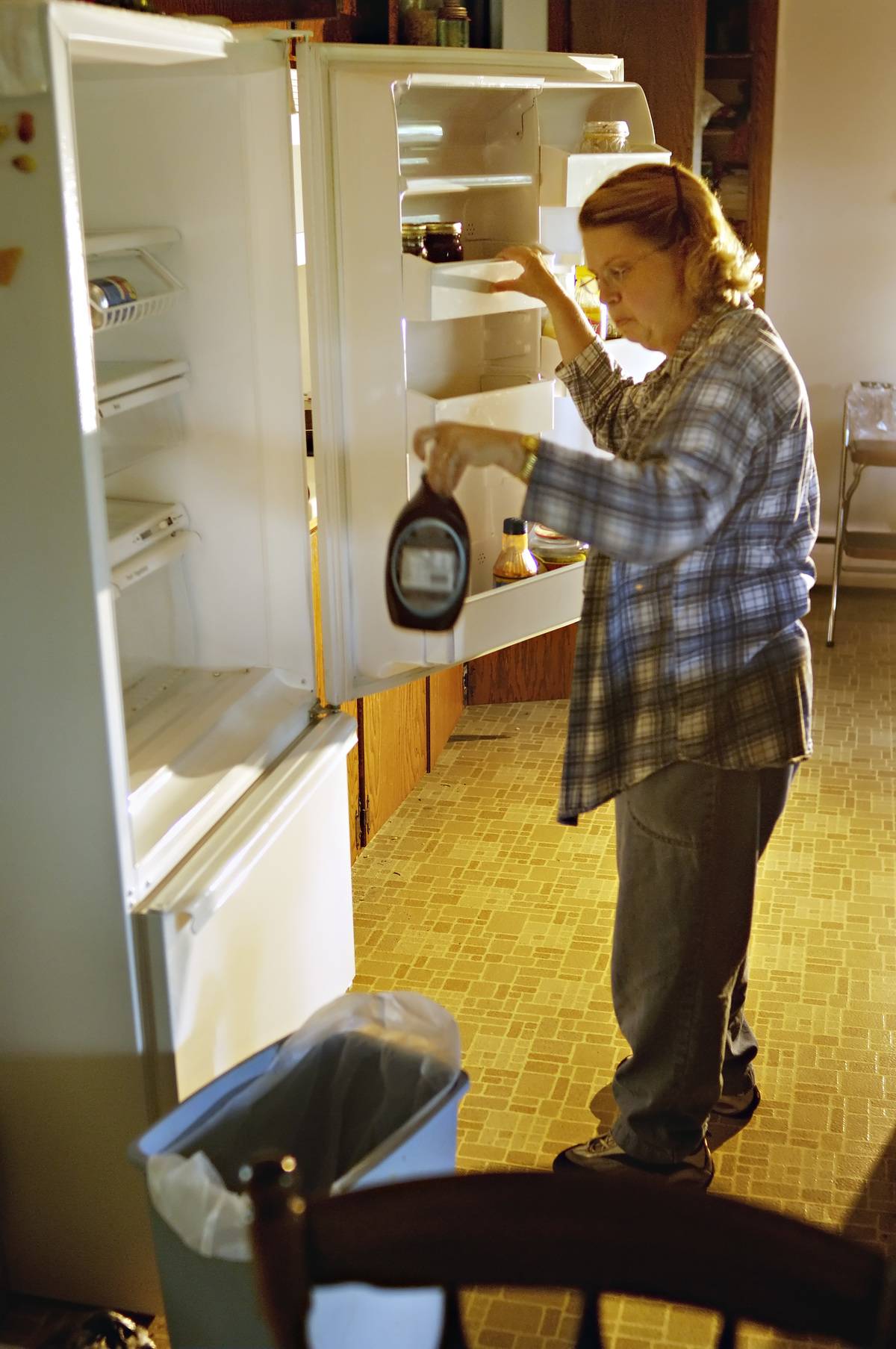
If you spot a spill or a leak, do not hesitate to clean it up. The longer you wait, the more bacteria will spread onto other food and shelves. When you spot a spill, remove everything from that shelf or drawer. Wash it with hot, soapy water, as per CDC guidelines. Rinse and dry it before replacing the food.
If the spill got on other containers, clean those with warm, soapy water. If you can still smell the mess afterward, make a cleaning solution with one part baking soda and seven parts water. Wash the fridge with this solution, and the smell will disappear.
Don’t Wash Produce Before Putting It In
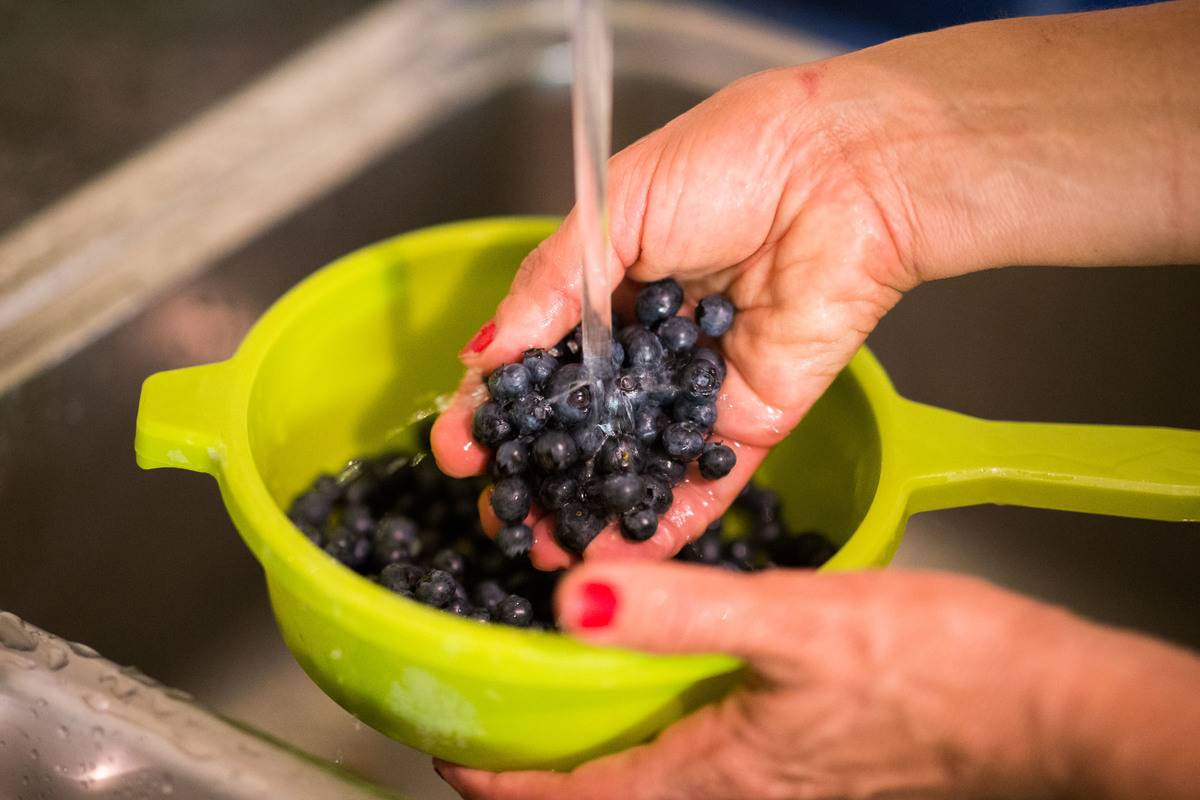
Experts at Texas A&M University warn people not to wash their fruits and vegetables before putting them in the fridge. Why? Because it makes your produce spoil more quickly. Washing adds moisture, and more water will make fruits and vegetables decay faster. Clean them right before you eat them.
Delicate produce, such as berries, is more prone to spoilage after washing. Some heartier vegetables can handle early washing, including carrots, zucchini, and sweet potatoes. If you wash these vegetables before putting them in the fridge, dry them entirely before storing them.
Line The Refrigerator Shelves
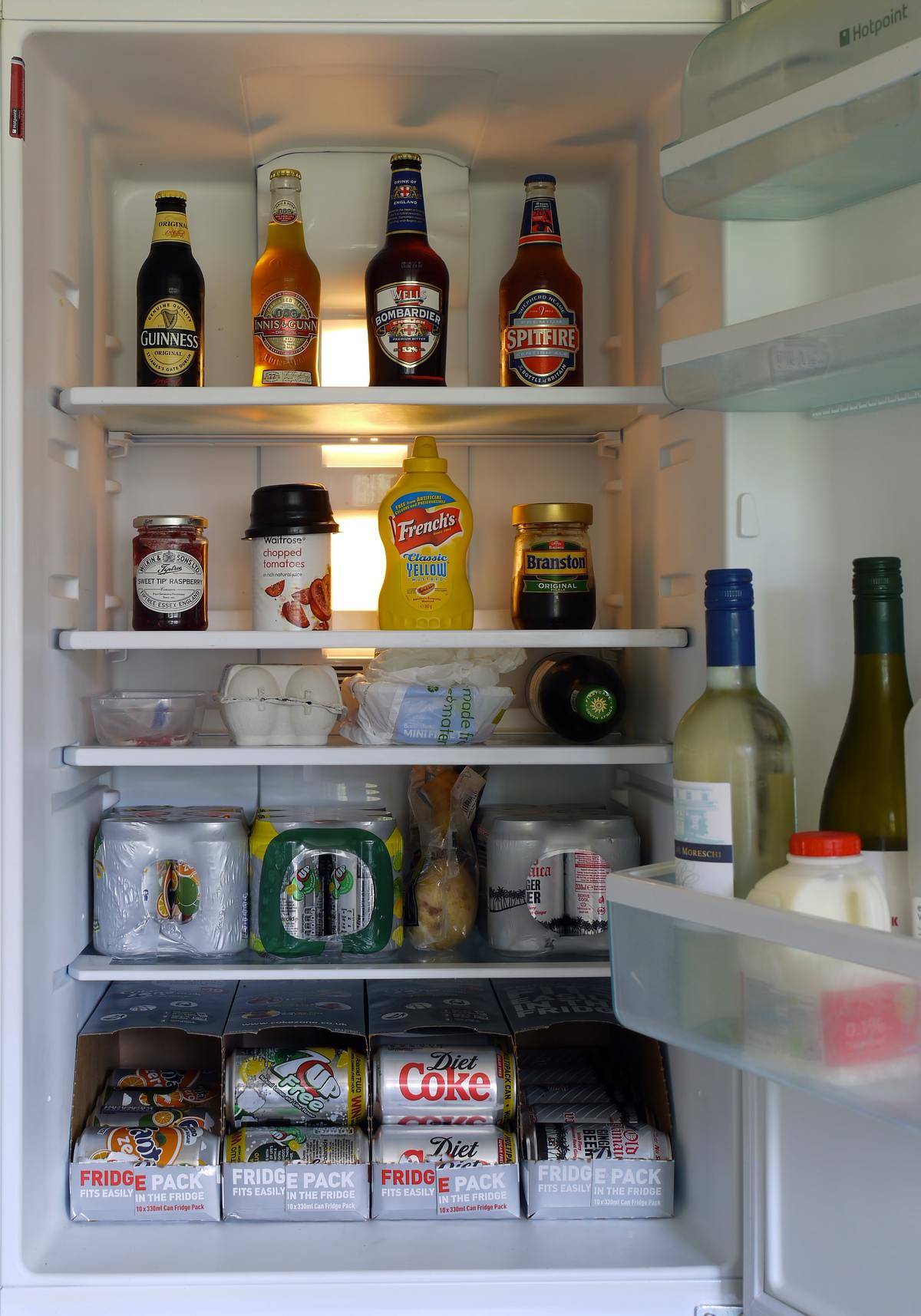
Lining your refrigerator shelves may sound excessive, but it makes cleaning so much easier. Liners catch spillage before they reach the shelves. You can pick up most of the spill with the liner before it drips onto other shelves. Some liners are even machine washable.
You can buy liners at many popular chains such as Target and Amazon, or you can make your own. You can buy washable plastic mats at dollar stores in many different designs. Cut plastic placemats to fit inside the shelves or drawers.
Prevent Refrigerated Food From Freezing
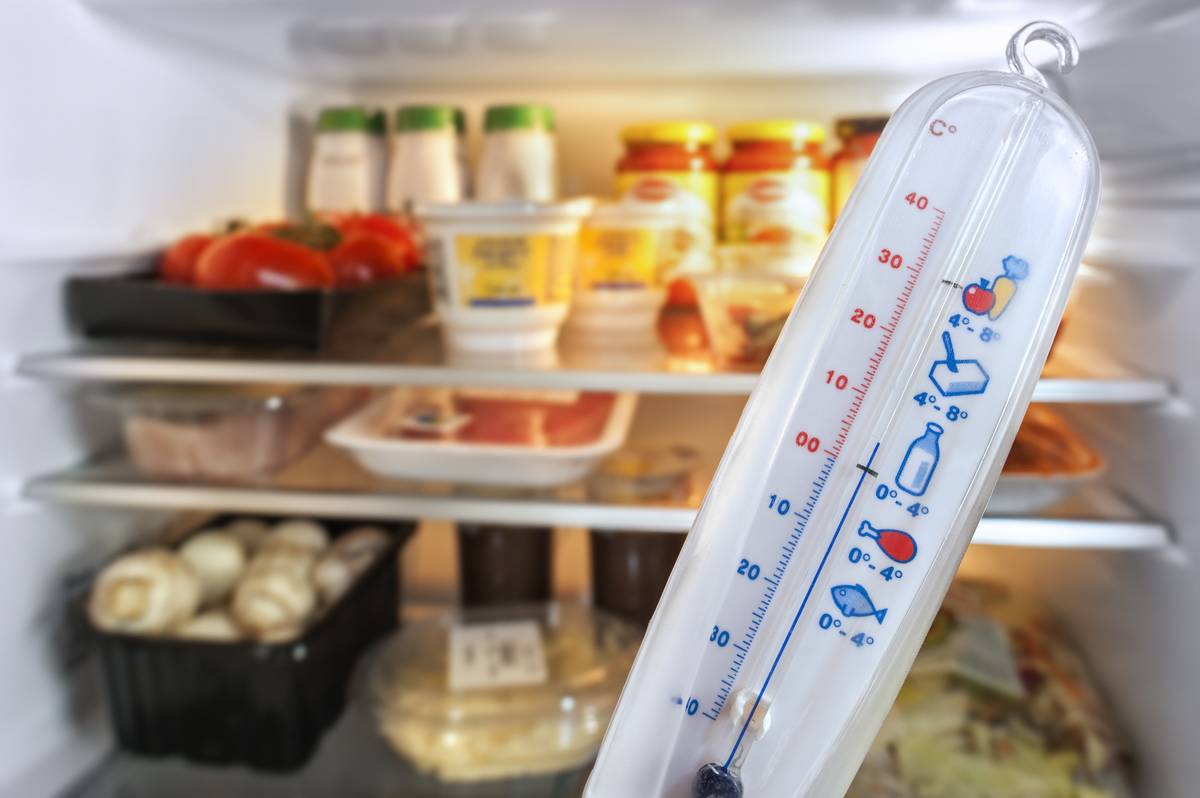
Have you ever seen ice crystals develop on food in the freezer? Freezing could alter the taste and texture of food. If this happens, double-check that your refrigerator is between 38-42°F. If it is, you may want to reorganize your fridge.
Search for a cooling vent inside the refrigerator. If your food is directly beneath it, that could be the cause of freezing. Reorganize the contents to make sure that your favorite foods don’t develop ice crystals. Also, filling the refrigerator with more food can prevent freezing.
Use Six-Pack Containers As Storage
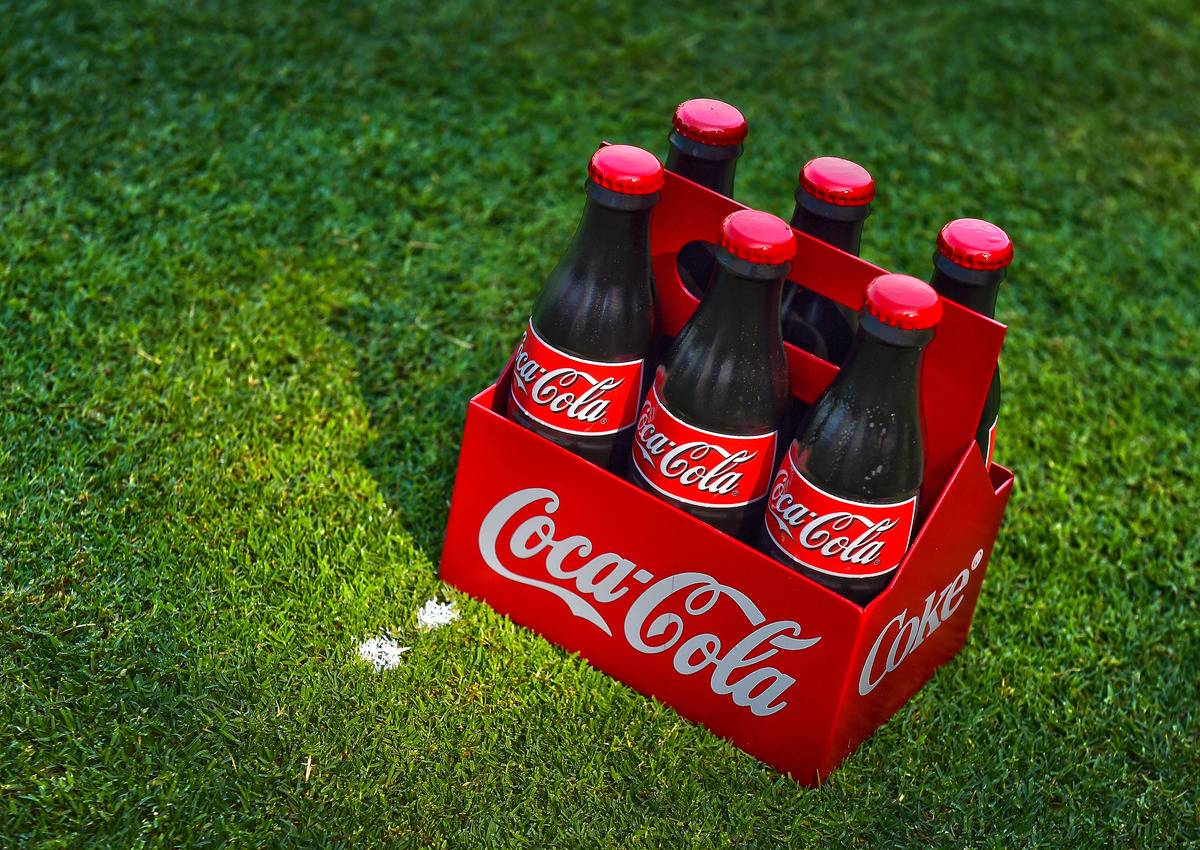
If several bottles get knocked around every time you open the refrigerator door, try using old six-pack containers. These cardboard containers keep bottles in place, even condiments such as ketchup. Plus, many of them can fit inside of refrigerator door shelves.
Six-pack containers could also arrange food on the shelves. Use it for soda or water bottles, sauces, and even ziplock bags. If you don’t have a six-pack, you can create one by dividing a cardboard box in half with another strip of cardboard.
Organize, Hang, And Preserve Food With Binder Clips
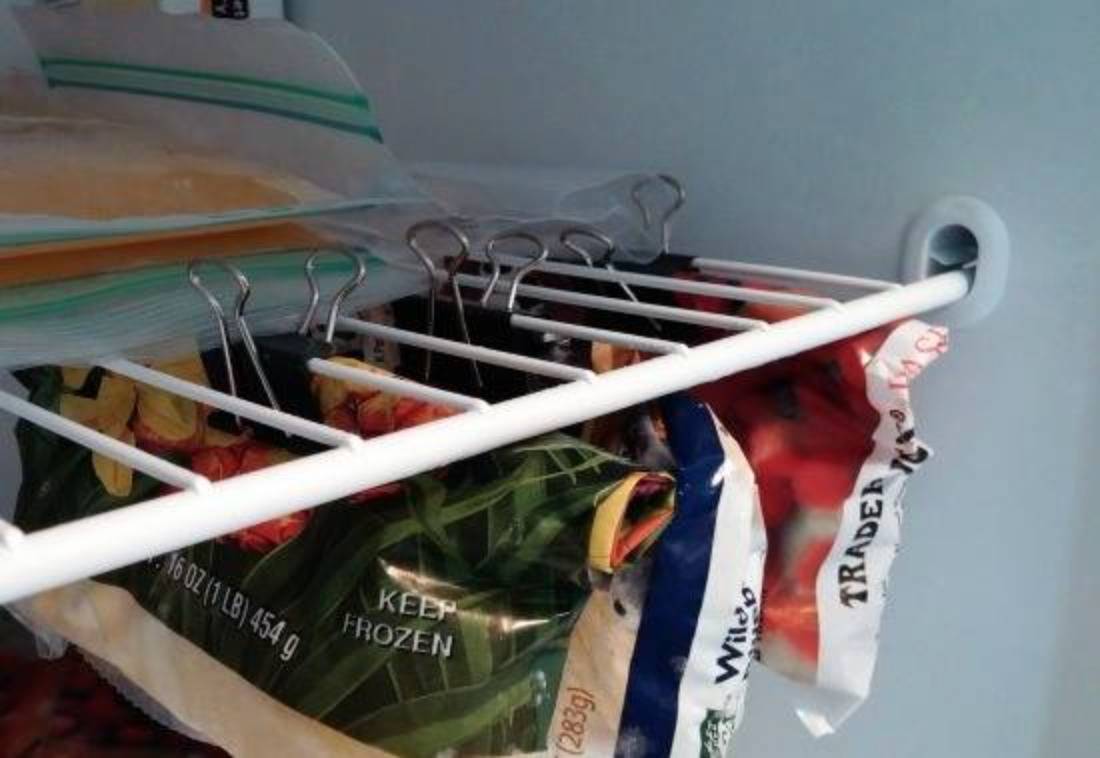
Binder clips are the best object to organize your fridge. Many people use them to seal bags of cheese, lettuce, and chopped vegetables. They prevent food from spoiling earlier. However, you can also use clips to organize your refrigerator.
If you have a rack in your fridge, take advantage of it. Place a binder clip on the frame to prevent soda bottles from rolling all over the fridge. You can also hang bags from racks with binder clips. Get creative–a few clips can transform your entire fridge.

